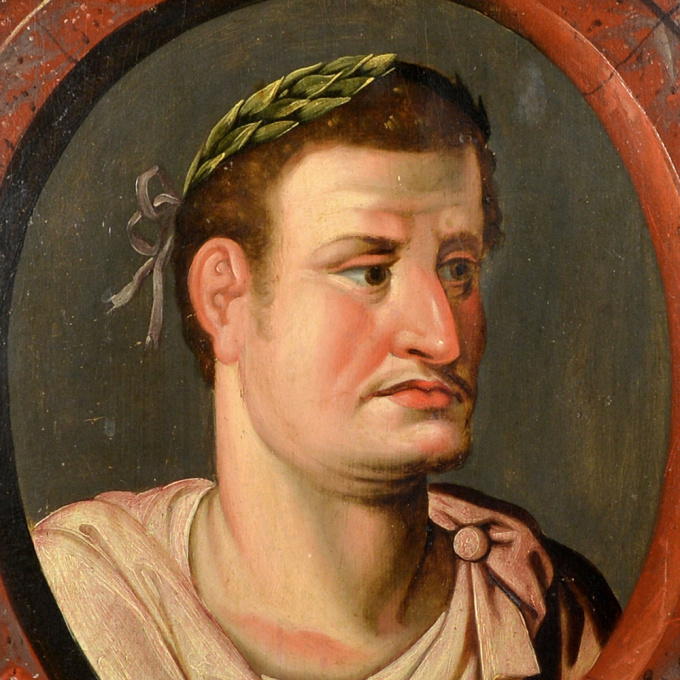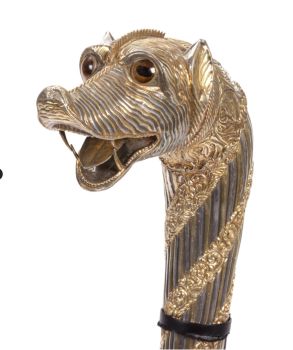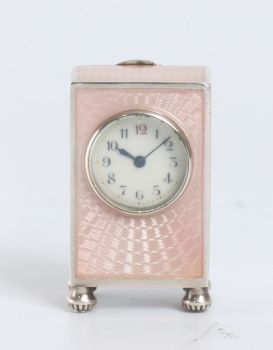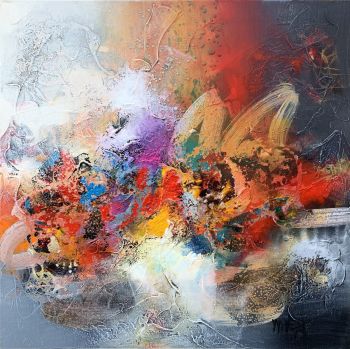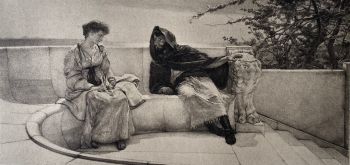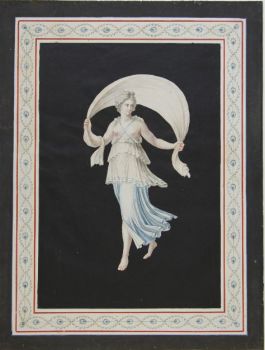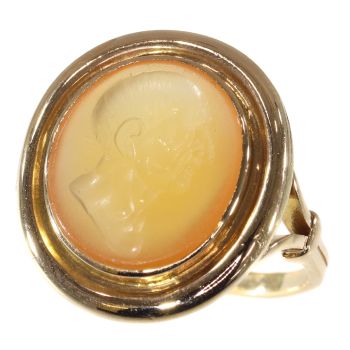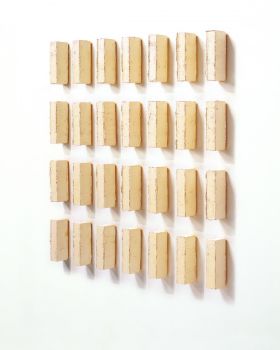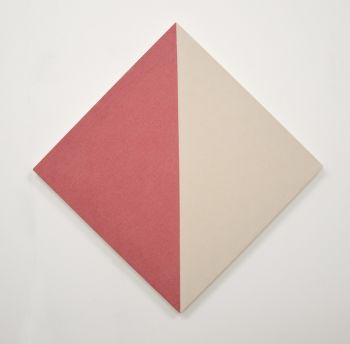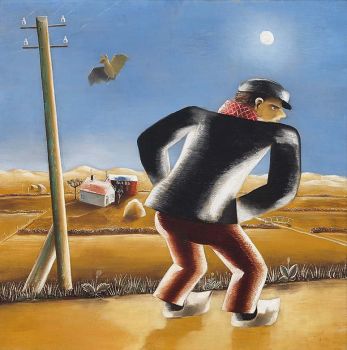Two Roman ‘Twelve Caesars’ paintings of Vespasian and Titus, 17th century 1626 - 1700
Artista Sconosciuto
Pittura a olioDipingere
Attualmente non disponibile tramite Gallerease
Jongeling Numismatics & Ancient Art
- A proposito di opere d'arteItalian school, after Peter Paul Rubens
Two portraits from the range of the ‘Twelve Caesars’. Three-quarter laureate portraits in oval. The name of the emperor below with Roman numeral.
Oil paint on wooden panel, in modern frame
Based on the series of twelve bust-length portraits of Roman emperors originally painted by Peter Paul Rubens in about 1626. He painted the first twelve emperors whose lives were documented by the Roman author Gaius Suetonius Tranquillus, a popular theme in the 17th century.
Suetonius’ work has also had a significant impact on coin collecting. Even in Rubens’ time, collecting the twelve caesars in gold and silver was a popular pursuit for collectors of Roman coins.
Dimensions: 450 x 350 mm - A proposito di opere artista
Può succedere che un artista o un creatore sia sconosciuto.
Alcune opere non sono determinate da chi sono state realizzate o sono state realizzate da (un gruppo di) artigiani. Esempi sono statue dell'antichità, mobili, specchi o firme non chiare o leggibili ma anche alcune opere non sono affatto firmate.
Inoltre puoi trovare la seguente descrizione:
•"Attribuito a …." A loro avviso probabilmente opera dell'artista, almeno in parte
•“Studio di ….” o “Officina di” A loro avviso un'opera eseguita nello studio o nella bottega dell'artista, eventualmente sotto la sua supervisione
•“Cerchio di…” A loro avviso un'opera del periodo dell'artista che mostra la sua influenza, strettamente legata all'artista ma non necessariamente al suo allievo
•"Stile di..." o "Seguace di..." A loro avviso un'opera eseguita nello stile dell'artista ma non necessariamente da un allievo; può essere contemporaneo o quasi contemporaneo
•“Modalità di…” A loro avviso un'opera nello stile dell'artista ma di epoca successiva
•"Dopo …." A loro avviso una copia (di qualsiasi data) di un'opera dell'artista
•“Firmato…”, “Datato…” o “Iscritto” A loro avviso l'opera è stata firmata/datata/inscritta dall'artista. L'aggiunta di un punto interrogativo indica un elemento di dubbio
•"Con firma....", "Con data...", "Con iscrizione..." o “Riporta firma/data/iscrizione” a loro avviso la firma/data/iscrizione è stata aggiunta da qualcuno diverso dall'artista
Sei interessato ad acquistare questa opera d'arte?
Artwork details
Related artworks
Artista Sconosciuto
An Indian part-gilt silver-clad ceremonial sceptre or mace with a tiger’s head1850 - 1900
Prezzo su richiestaZebregs & Röell - Fine Art - Antiques
 A cura di
A cura diDanny Bree
Artista Sconosciuto
UN INSOLITO PIATTO D'ARGENTO LOBBATO INDONESIlate 17th
Prezzo su richiestaZebregs & Röell - Fine Art - Antiques
1 - 4 / 12- 1 - 4 / 24
Lawrence Alma-Tadema
"Caracalla and Geta: Bear Fight in The Coliseum, AD 203" 1907
Prezzo su richiestaGallerease Selected
 A cura di
A cura diDanny Bree
Artista Sconosciuto
Braccialetto di diamanti del XVIII secolo con intagli di 2000 anni1790
€ 23.000Adin Fine Antique Jewellery
 A cura di
A cura diDanny Bree
Artista Sconosciuto
Set of eight gouache drawings1799 - 1801
Prezzo su richiestaRobert Schreuder Antiquair
Artista Sconosciuto
Two Centaurs, France or Italylate 18th
Prezzo su richiestaRobert Schreuder Antiquair
1 - 4 / 20Roman & Henriëtte Reisinger
Tulips still life in glass jar2020
Prezzo su richiestaAtelier/ Galerie H&R Reisinger
Johannes Christiaan Karel Klinkenberg
Cityscape Amsterdam1875 - 1925
Prezzo su richiestaGalerie Gabriëls
Rene Rietmeyer
TOKYO - Kudan House - January 2021 #032021
Prezzo su richiestaEuropean Cultural Centre Collection
H.J. van der Weele
Horse and carriage in landscape1850 - 1900
Prezzo su richiestaKunsthandel Pygmalion
Fredericus Jacobus van Rossum du Chattel
Poldervaart in the Vecht river region1899 - 1901
Prezzo su richiestaKunsthandel Pygmalion
1 - 4 / 24- 1 - 4 / 12




